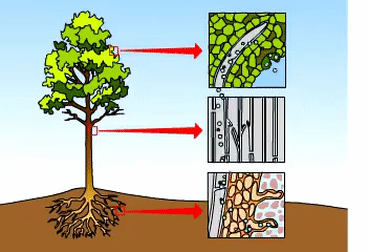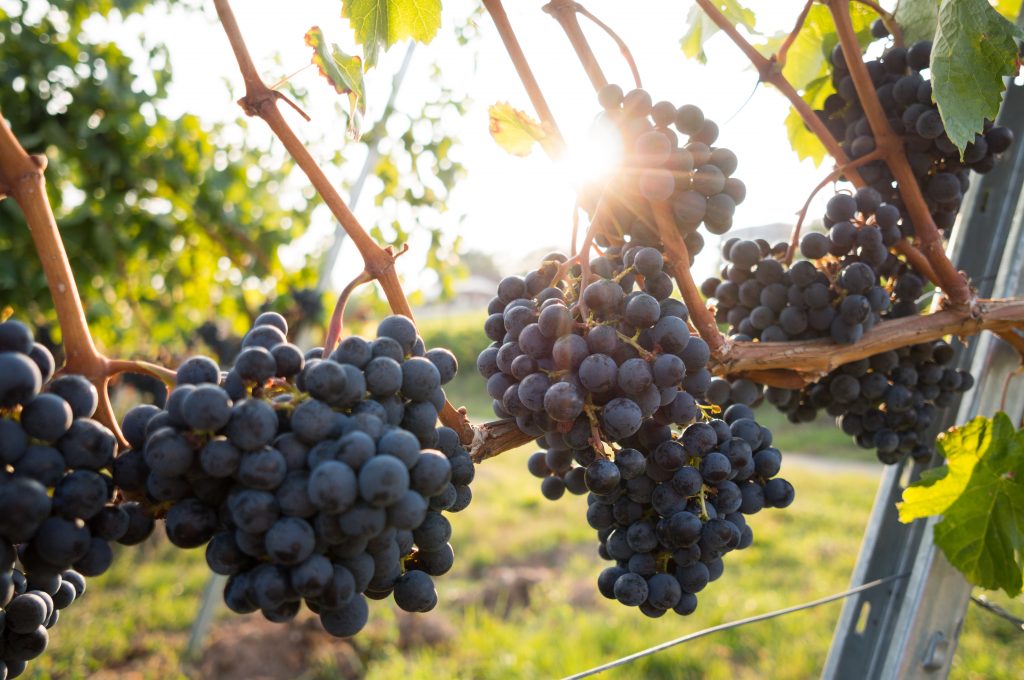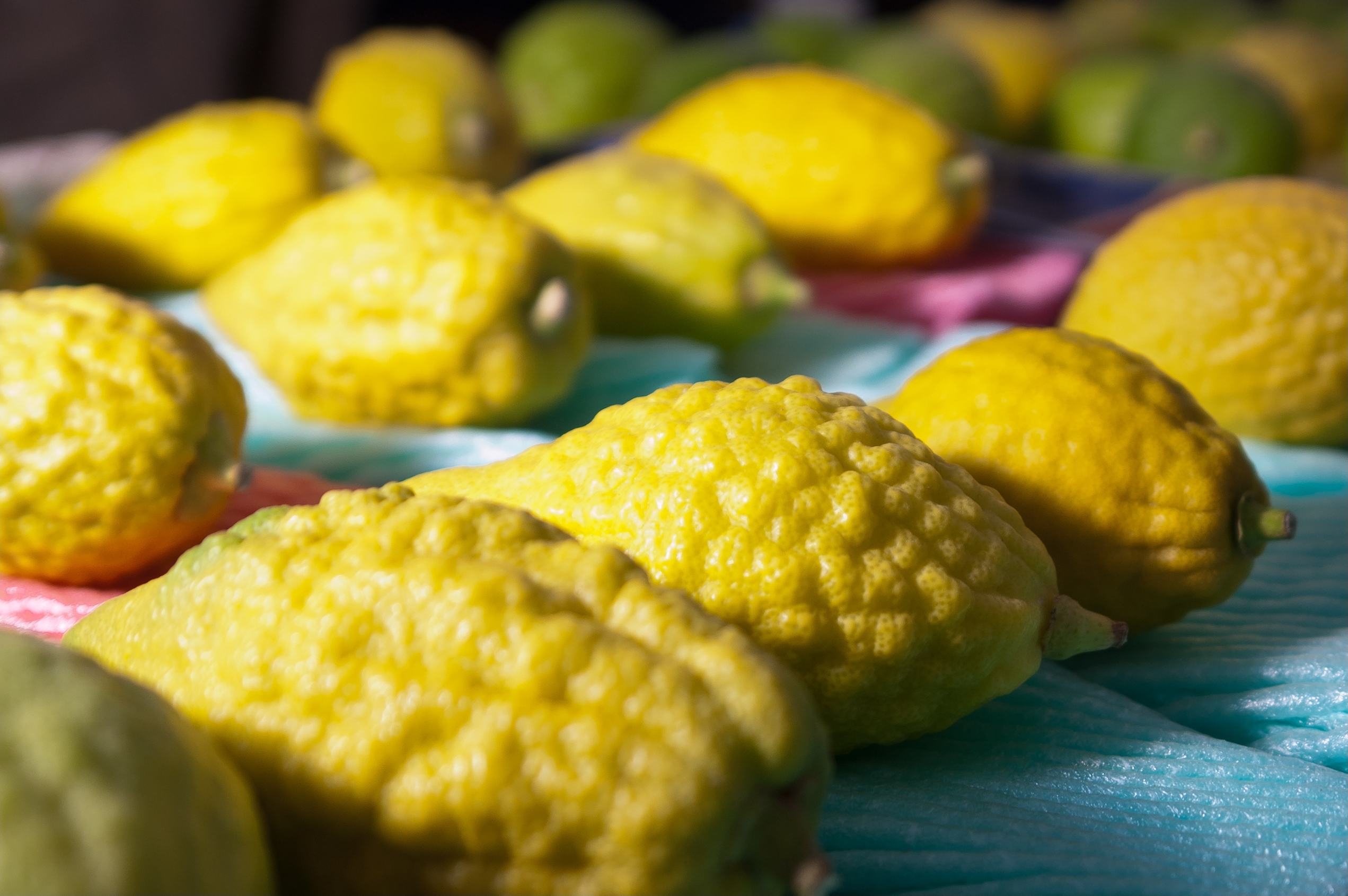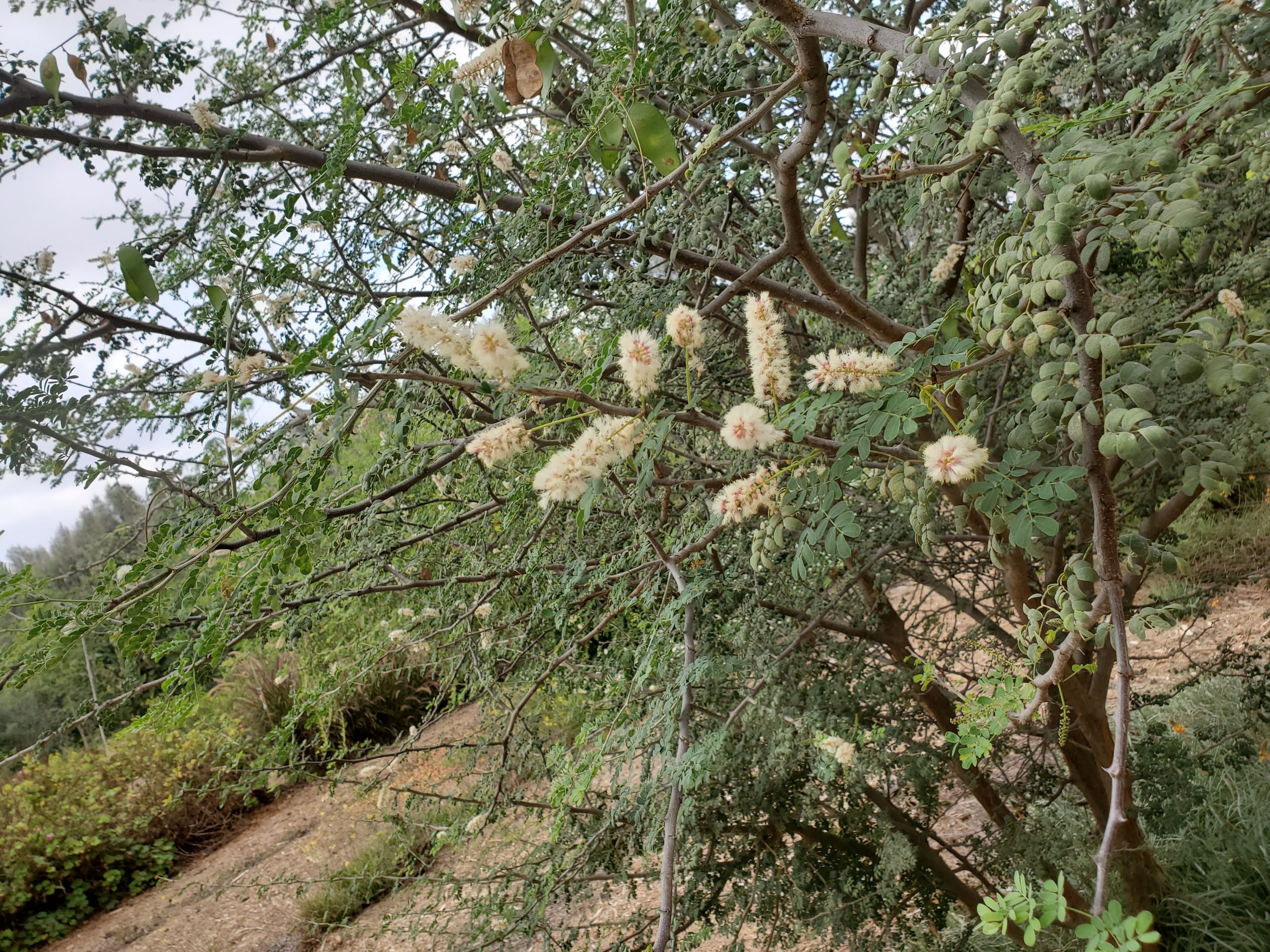Can Grapevines Cope with Climate Change?
April 19, 2021A new Israeli study reveals how vines manage to survive in the dry and heated conditions of the Israeli summer. But will they be able to thrive when conditions significantly worsen due to the climate crisis? What will happen to our wine?
Winter has shifted into spring, and with that, colder temperatures have been replaced with warmer ones, which has brought the feeling of thirst back to the forefront of our minds.
For us, it is very easy to find and drink a glass of water to quench our thirst, but for plants this can be much more complicated which as they depend on the resources that occur in their immediate environment. Millions of years of evolution, however, have given plants some tricks.
A new Israeli study examines grapevines (Vitis vinifera), a particularly popular local crop, and finds that the plants can alter their hydraulic traits and internal structure over the course of a growing season to accommodate the hot and dry Israeli summer.
Internal Flow of Water
At the center of the new research is the plant’s ability to conduct water. “Plants are able to carry water to all their parts without any investment of energy—sometimes even to a height of 100 meters,” says Dr. Uri Hochberg of the Institute of Soil, Water and Environment at the Volcanic Center for Agricultural Research.
“This is very different from the processes that take place in our body. For example, in order for nutrients and fluids to be transported from the heart to the rest of the body, we are required to burn energy, which is measured in calories.”

A plant is able to transport water, nutrients, and minerals upwards from the roots to the stem and leaves using a system of tubes called the xylem. The water moves in a fairly long and vertical path opposite to gravity without any investment of energy on the part of the plant as Dr. Hochberg pointed out.
Animation by gyfcat.
How exactly does this happen? It all starts when water evaporates from the leaves of the plant through the stomata – the microscopic openings on the leaves through which air from the environment enters the plant. The numerous water molecules within the plant have tension between them that attracts them to each other, so when some of them evaporate through the stomata, a tension is created in the transport tubes pulling the water upwards.
“The weak point of the process is that when the plant is in severe drought conditions, the tension in the transport tubes increases to the point where the water molecules may even completely separate from each other,” says Dr. Hochberg. “When this happens, the liquid in the transport tubes actually turns into gas in a process called cavitation, and when there is gas in the heart of the transport system it damages the flow of water in the plant.”
Vines are Adapting

The new study was conducted in Dr. Hochberg’s laboratory by doctoral student Yonatan Sorek and with the assistance of Dr. Yishai Netzer from Eastern Regional R&D and Ariel University, and they examined vines of the well-known Cabernet Sauvignon variety. The researchers used an innovative method to examine the cavitation processes that take place in the vines
They photographed the vine leaves and analyzed the subtle changes occurring due to the amount of light passing through the leaf, which indicated the presence of gas bubbles within the plant’s transport system. As the water turns from a liquid to a gas, a smaller amount of light enters the camera, allowing one to see the areas where there are gas bubbles, which appear darker.
The researchers found that the “secret” of vines to deal with dryness is a deformation. The leaves of the vines change their xylem structure so that, in fact, it does not allow cavitation to occur. Therefore, the water flow within the vines is not damaged or altered in any way—even in extreme conditions.
The researchers found that the changes in the internal structure of the vine gradually develop as the growing season progresses. This is because of the vine’s life cycle: the vine disappears every year towards winter and sinks into a deep dormancy until it regrows vigorously in early spring with the blossoming of new young leaves and grapes afterwards.
In early spring, the young leaves use the water that has accumulated in the soil during the rainy winter months, so they do not suffer from a significant lack of fluids. However, towards the end of the vine season when the leaves are already mature, the reserves left for the plant are already thinner, forcing it to act in ways that will allow it to survive in greater drought conditions.
In addition to changing the xylem structure, the researchers also found another mechanism that the vine uses to adapt itself to the dry season: the accumulation of dissolved solids. Within the leaves of plants are dissolved solids such as salts, sugars, organic acids, amino acids and other minerals, which are present in high concentrations. Because the natural tendency of water is to flow from a place where the concentration of solutes is low to a place where their concentration is high (osmosis), raising the concentration of solutes in the leaf makes it easier for the plant to “attract” water to it in dry periods.
According to Dr. Hochberg, vines are not the only crop in which relatively little cavitation is generated, even when there is a water shortage.
“In the past year, in addition to vines, we also examined other deciduous plants, such as pear, pomegranate, and eucalyptus, and we also saw that they also adapt to dry conditions in this way,” he says.
Young Leaves at 40 Degrees

Despite the grapevine’s impressive weather-coping strategy, it is unclear whether the plant will be able to properly adapt to harsher drought conditions projected for the future. The climate crisis has already led to a rise of almost one degree Celsius in the world average temperature, with the minimum expectation being a warming of 1.5-2°C on average. In addition, extreme weather events, such as droughts and heat waves, are expected to continue to become more frequent and severe.
“In Israel, many heat waves occur in the spring—the period when vine leaves are still relatively young and therefore more sensitive to dry conditions,” explains Dr. Hochberg. “Last year, for example, we experienced a 10-day heat wave in May, in which temperatures reached more than 40°C. Therefore, if the heat waves become more frequent, there is a reasonable chance that the plant will have more difficulty coping with extreme temperatures,” he warns.
Heat accelerates the ripening of sugar, the ingredient in grapes that turns into alcohol during the fermentation process. The phenols (the substances that give wine its unique properties like color, feel, and smell), however, need time to ripen. Therefore, by the time the phenols mature under high heat conditions, the squeezed grape juice may already have too much sugar resulting in an unbalanced wine with too much alcohol for the palate of consumers. As Dr. Hochman puts it, “Grapevine crops and the farmers who grow them are greatly affected by rising global temperatures.”
In order to better handle the situation, options are currently being considered in Israel, such as replacing the cultivated varieties (which are mainly French varieties, such as Cabernet Sauvignon, Merlot, and Chardonnay) with varieties that better suit the new conditions. It is very possible that in warmer areas where wine grapes are grown today, such as Gedera or Zichron Ya’akov, it will soon be much more difficult to grow wine grapes.
This ZAVIT Article was also published in The Jerusalem Post on 18 Apr. 2021







